TP-Link Talon AD7200 router review
TP-Link introduced the Talon AD7200 router in 2016. It is powered by Qualcomm Atheros IPQ8064 @ 1.4 GHz chipset, 512 MB of RAM, and 256 MB of flash memory.
Interested to see if this TP-Link router is a hit? Keep reading to know!
Table of Contents
- TP-Link Talon AD7200 specifications
- Body, dimensions, weight
- System, chipset, RAM, flash, power supply
- Network, protocols, WAN and LAN ports
- Wireless, antennas, speed, security
- Connectivity
- Administration, user interface, login information
- Links
- Verdict, Pros and Cons
- Photos
- Comparisons
Our personal experiences and opinions form the basis of this article. We aimed to share insights on a topic, and we hoped others would find it useful and inspirational. If you noticed any mistakes or missing details about the TP-Link Talon AD7200, please let us know.
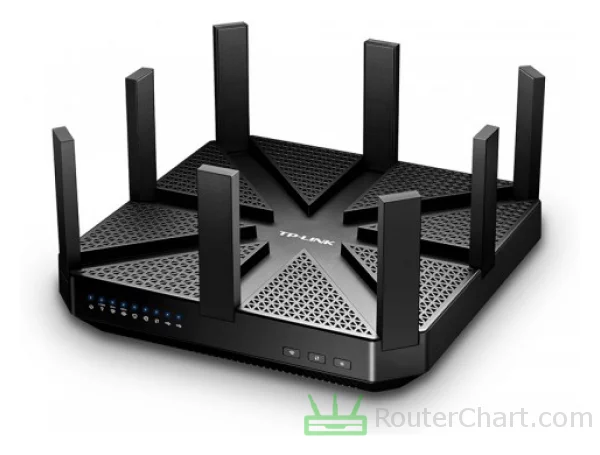
The Talon AD7200 is a popular router. It provides excellent networking capabilities due to its advanced features. TP-Link provides good customer support services through their website.
TP-Link Talon AD7200 specifications
| Brand | TP-Link |
|---|---|
| Name | Talon AD7200 |
| Type | AD7200 |
| Rating | |
| Launch | 2016 |
Body
| Dimensions | 230 x 230 x 43 mm |
|---|
The dimensions of a router can impact its cooling capabilities. Larger routers have more room for internal cooling.
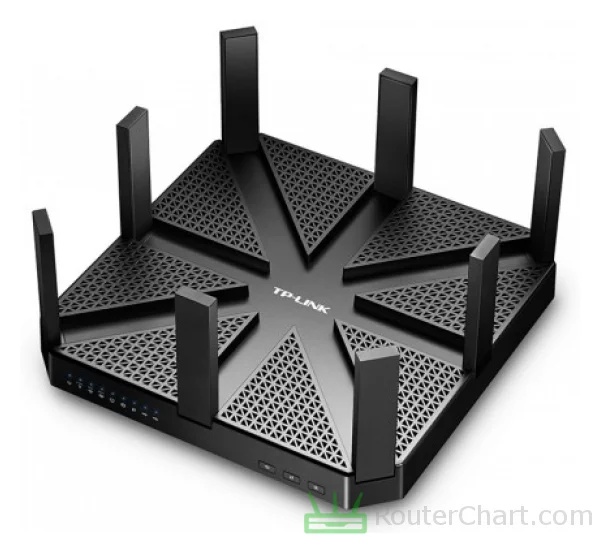
System
| Chipset | Qualcomm Atheros IPQ8064 @ 1.4 GHz |
|---|---|
| RAM | 512 MB |
| Flash | 256 MB |
| OS | TP-Link |
| Power supply | 12 V / 4.2 A |
The TP-Link Talon AD7200 router has a Qualcomm Atheros IPQ8064 @ 1.4 GHz processor. The amount of RAM in a router affects its performance and ability to handle tasks and traffic.
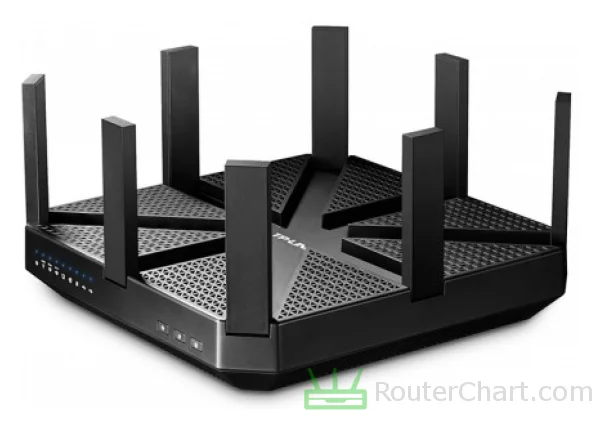
Network
| Protocols | IPv4 IPv6 |
|---|---|
| LAN ports | 4 x 10/100/1000 Mbps |
| WAN ports | 1 x 10/100/1000 Mbps |
| Mobile network | no |
| VPN support | PPTP OpenVPN |
The latest firmware supports IPv6. It provides a system to identify and locate computers on networks. This router has Gigabit Ethernet LAN ports. They provide data transfer speeds of up to 1000 Mbps. The Talon AD7200 ensures that you can use fast internet from your ISP fully. OpenVPN is a full-featured SSL VPN solution. It extends secure networks using SSL/TLS, an industry standard.
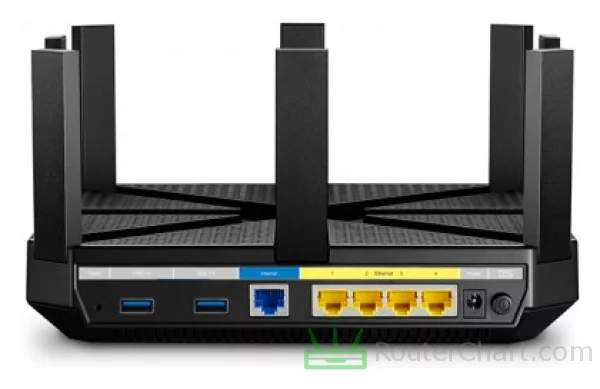
Wireless
| Antennas | 8 x external 1 x internal |
|---|---|
| 2.4 GHz | yes |
| 5 GHz | yes |
| 60 GHz | yes |
| Standards | IEEE 802.11a/b/g/n/ac/ad |
| Class | AD7200 |
| Speed | 800 + 1733 + 4600 Mbps |
| Transmit power | 24 dBm |
| Security | WEP WPA WPA2 WPS |
| Guest network | yes |
The router supports the 2.4 GHz Wi-Fi. The 5 GHz band offers better noise immunity and less interference. This high-end router also supports the new 60 GHz band. This band allows for speeds of up to 4.6 Gbps, but only over short distances. The introduction of WPA2 (Wi-Fi Protected Access 2) improved upon WEP. It provides stronger security. The Wi-Fi Protected Setup (WPS) lets you join a safe wireless network with the push of a button or a simple PIN entry.
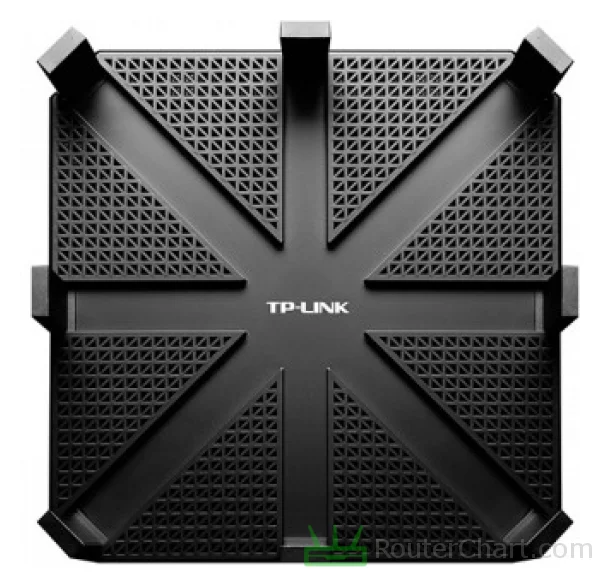
Connectivity
| USB ports | 2 x USB 3.0 |
|---|---|
| Print server | yes |
| File server | yes |
The USB 3 ports provide a fast interface for external storage with data transfer rates of up to 4.8 Gbps. USB print servers let you connect a USB printer to your network. You can connect external storage devices such as USB flash drives or USB hard drives to your router.
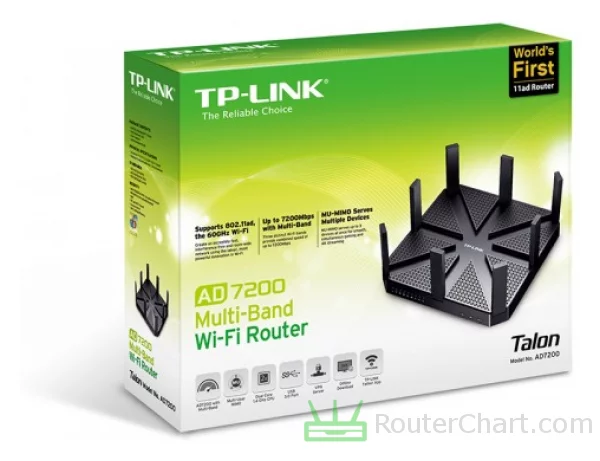
Administration
| Default IP | 192.168.1.1 |
|---|---|
| Default username | admin |
| Default password | admin |
If you can't log in to your TP-Link router's setup panel, try resetting it. A reset can help you troubleshoot. It is highly recommended to change the default password of your Talon AD7200 router. Do this after the initial setup.
Links
| Official site | https://www.tp-link.com/ |
|---|
Pros and Cons
Every router, including this TP-Link one, has its good sides and not-so-good sides. Let's take a closer look at both to get a full understanding of what this router can do. Just remember, this is just what I think, and you might see things differently.
Pros
- generous memory
- plentiful flash
- IPv6 capable
- high-speed LAN port
- high-speed WAN port
- supports OpenVPN
- works on 5 GHz band
- supports 60 GHz
- lightning-fast Wi-Fi connection
- WPS friendly
- USB 3 compatible
- printserver functionality
- fileserver operation
Cons
- missing Wi-Fi 6 support
- incompatible with WPA3
TP-Link Talon AD7200 photos


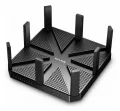

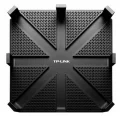


TP-Link Talon AD7200 comparisons
We've noticed that many of our visitors like to compare the TP-Link Talon AD7200 router with these popular models.
If there’s information about the TP-Link Talon AD7200 that you would like to see on this site, then write to us.
Updated: May 25, 2024





